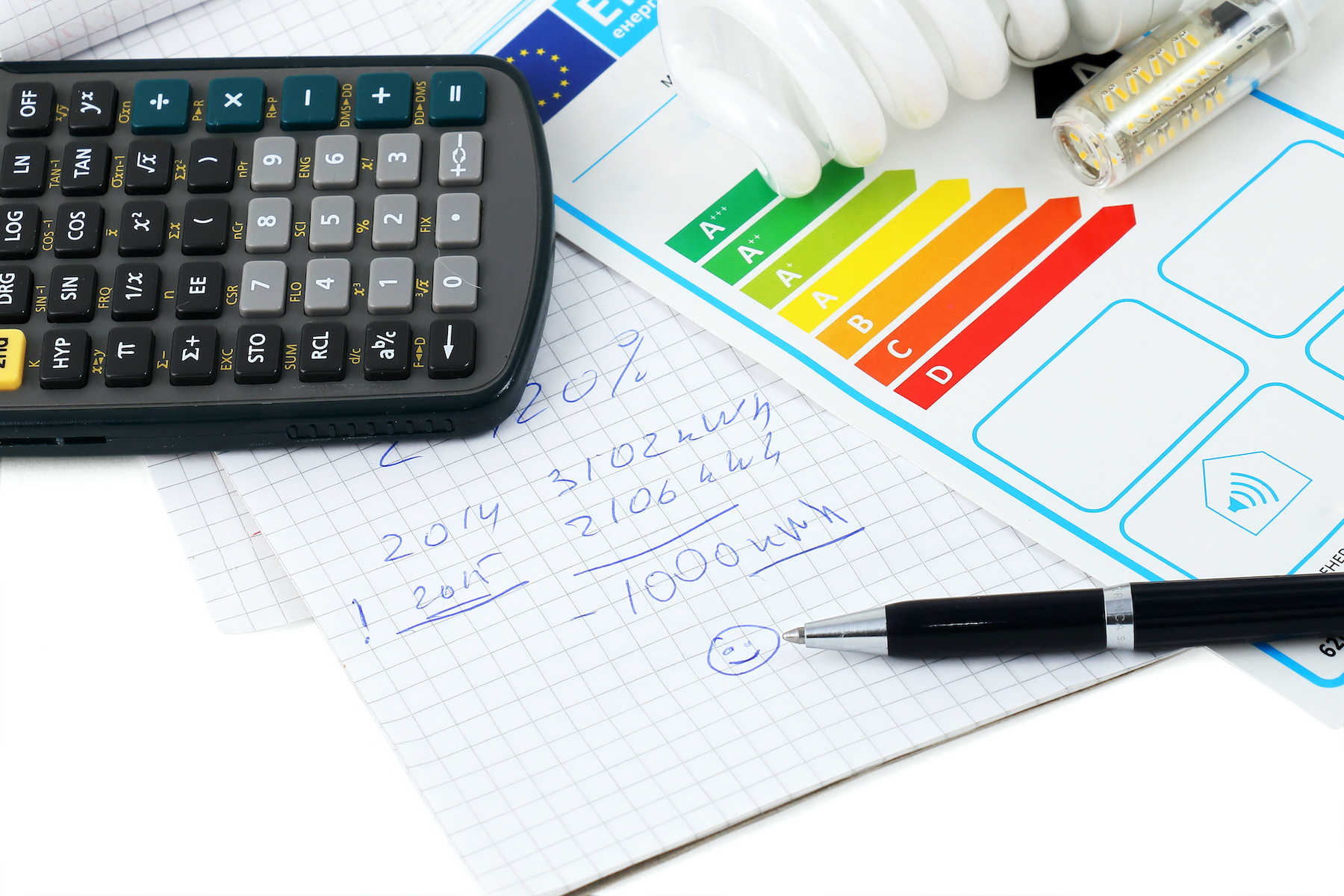
Maybe its confirmation bias on my part, but it looks like 2022 has seen a big uptick in activity on home energy efficiency. The first phase of SHDF is underway, the FT is reporting record interest in energy efficiency from home owners and a Travis Perkins survey confirms that tradespeople of all types are seeing increased demand for energy efficiency projects.
The colossal increases in energy costs have focussed minds on some very difficult questions: how do I know how much energy I will save from an efficiency project? Are we upgrading the right homes? Is the upgrade we’re investing in actually performing?
Taking the guesswork out of retrofit
To answer these questions a whole new generation of monitoring and diagnostic tools are just hitting the market. Using IoT sensors to collect environmental and energy data from homes these tools measure important factors such as heat loss, condensation risk and heating comfort, so that the real performance for each home can be assessed, before and after upgrade projects. With actual measurements of conditions in the home hidden defects no longer go uncounted. Detailed questions can be asked about the performance of each measure. Calculations of potential energy savings can be made specific to each home.
For the past year, Purrmetrix have been helping landlords across the UK – from Stockton to Devon – with their retrofit programmes, helping them monitor and benchmark housing performance with our sensors and software platform. We’re seeing first hand how heat loss calculations and data on comfort in homes can underpin decisions on which homes are upgraded and what should be done to them. In the next year we expect to spend a lot of our time checking that insulation and heat pumps are delivering the promised improvements.
Most asset managers in the social housing sector have limited or no insight into conditions and energy efficiency for each of their homes. For retrofit projects one immediately useful thing we can do is produce rapid benchmarks of performance for as many homes as possible to enhance EPC data and help landlords distinguish which homes in their portfolio will benefit most from insulation or heat pumps. This needs a simple toolset suitable for nearly any home that can produce information on heat loss, comfort and other metrics within a month, without disturbing tenants or requiring any disruptive installation.
Installing the future with confidence
Alongside this a new trend has emerged: we’re now having more conversations around retrofit with the supply chain than directly with landlords. As the supply chain is getting busier and busier the pressure is on to do more with less, so using data to speed up and improve design and specification is attractive. The businesses with a critical role in delivering good quality projects – such as electricians, heating engineers, EWI specialists, general builders – all have interests in using data and software to demonstrate the improvements they’re delivering. The scale of the decarbonisation challenge and the new technologies that contractors are working with also means it is very important to get speedy feedback on what really works and what doesn’t to improve product selection and processes.
We’re learning that contractors have some particular requirements when collecting data in their projects – sensor sets that are easy to work with and don’t disturb householders. Software that delivers robust, high quality results that are easy to interpret. Tools that can be redeployed across a large number of homes. Alongside this there’s a whole new set of skills for the supply chain to engage with – in collecting, using and presenting data as well as working with new software and calculations.
Monitoring – the contractors’ new friend
There’s an army of contractors needed for improving energy efficiency in homes and they will come from all types of business; one man shows to nationwide businesses. Not all will want to get involved with monitoring and measurement in housing but there is a lot of potential for those that do to add value to their projects and develop long term relationships with their customers. It will also ‘future proof’ these businesses. In the longer term, using real performance data from homes may become the norm for quality processes such as Building Regs inspection, PAS2035 and for funding applications, so many in the industry will become used to incorporating it into their day to day work.
Right now there is a world of opportunity for contractors of all types to influence the development of the right tools for the job and help develop something that will become as familiar a tool as your phone. We know the industry doesn’t speak with one voice – no trade union and a range of interested associations – so we’re learning most from one to one conversations with those in the supply chain. And we’re keen to share what we have learned so far about how measuring the performance of homes can improve energy efficiency projects; get in touch to learn more about the series of webinars we are lining up for the second half of this year to provide basic training on what data from homes can tell you and how to make sense of it.
Find out more about monitoring
The energy efficiency supply chain of the future will have a whole new range of data tools at their disposal – to produce reports their customers are interested in. As contractors learn how monitoring data adds value to their business (and it is incorporated into regulations), they will be able to provide more and better design and installations. All of which are urgently needed if we are to have a hope of decarbonising housing in a timely way.
Purrmetrix will be at the Installer Show (NEC, 21-23rd June) talking to contractors about the next generation of monitoring toolsets. Find us in Wates Innovation Zone (stand H191). Or get in touch if you would like to be added to the list for our training webinars later in the year.

